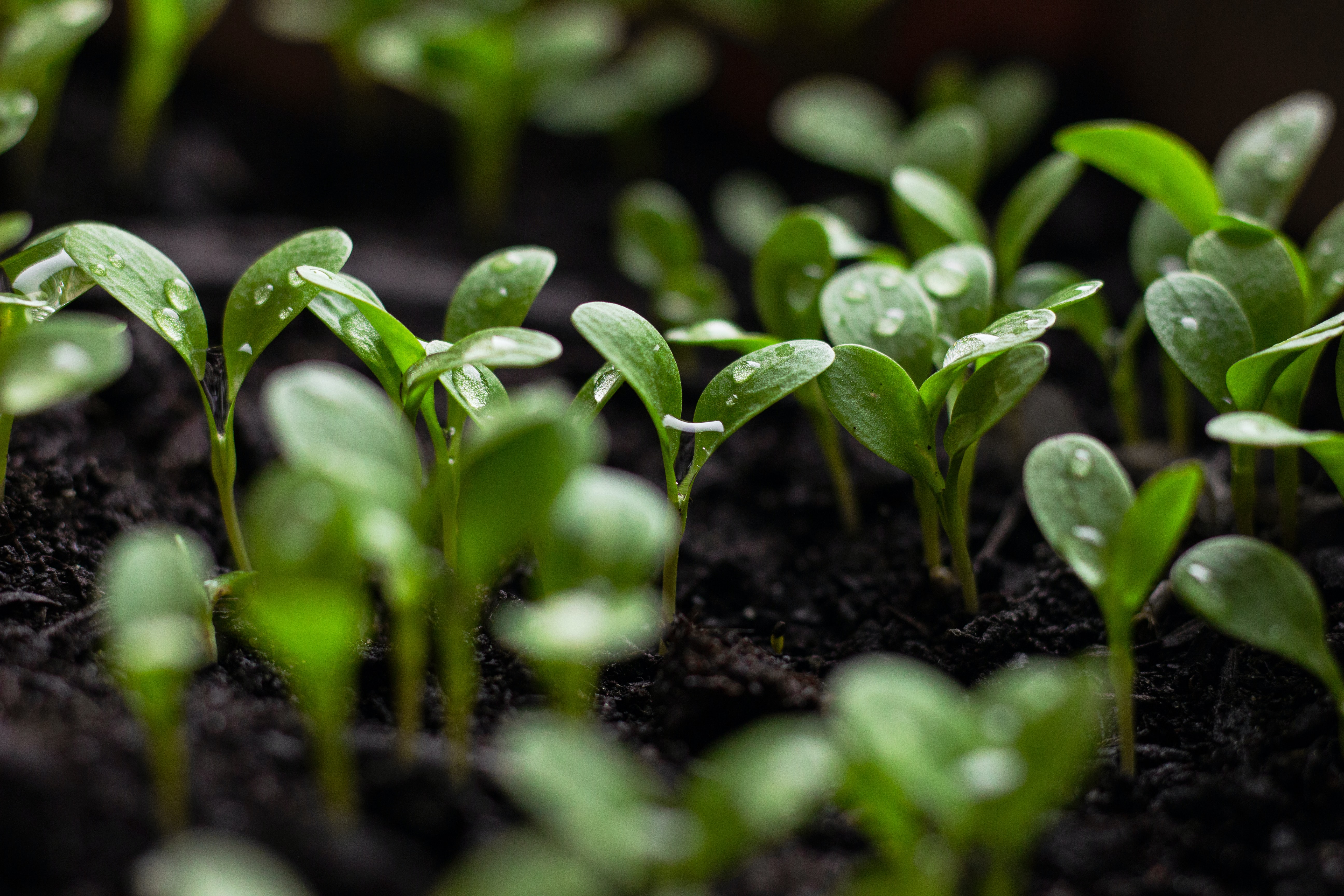How to Start With Urban Farming in Singapore
Urban farming
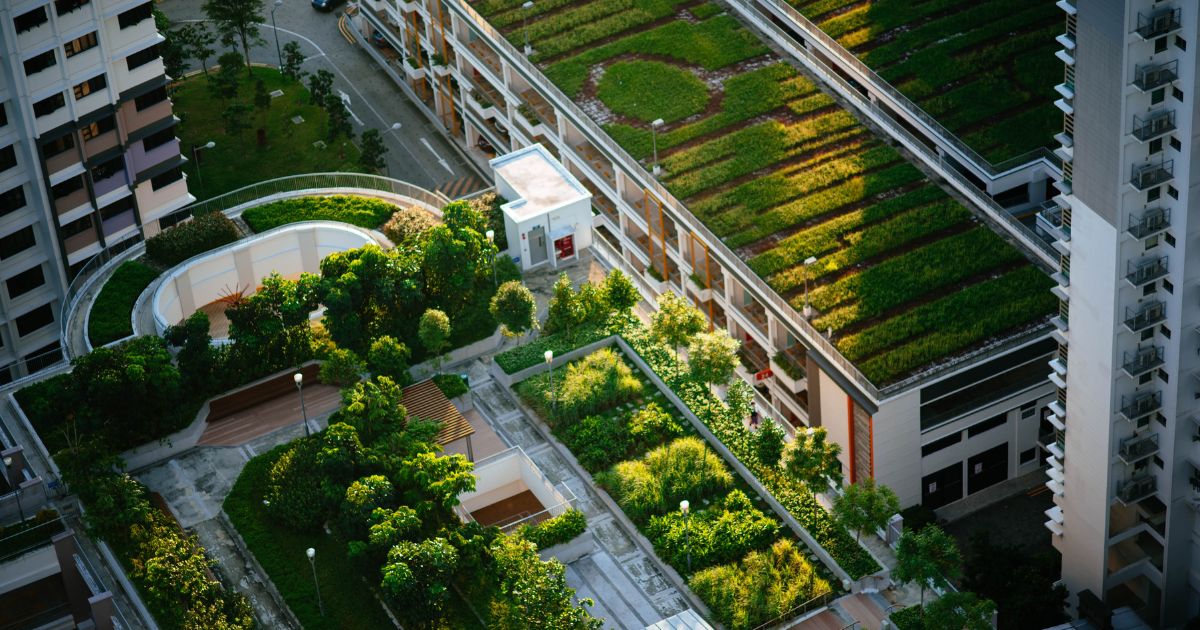
Urban farming is becoming an increasingly popular method to grow food in Singapore. We’ve already touched up to concept of urban farming, but in this article we will discuss how to get started with urban farming.
Finding a Place to do Urban Farming
There are several places where you can start an urban farm. The nearest and most convenient place is your balcony, if you have one.
But there are many potential spots to do urban farming, including:
- Community gardens
- Rooftops
- Balconies
- School gardens
The type of urban farm varies depending on the location. For example, in smaller spaces like balconies, a vertical farm is probably a good approach. Rooftop gardens can be approached differently as it has a larger exposure to sun than balconies that are mostly in the shade.
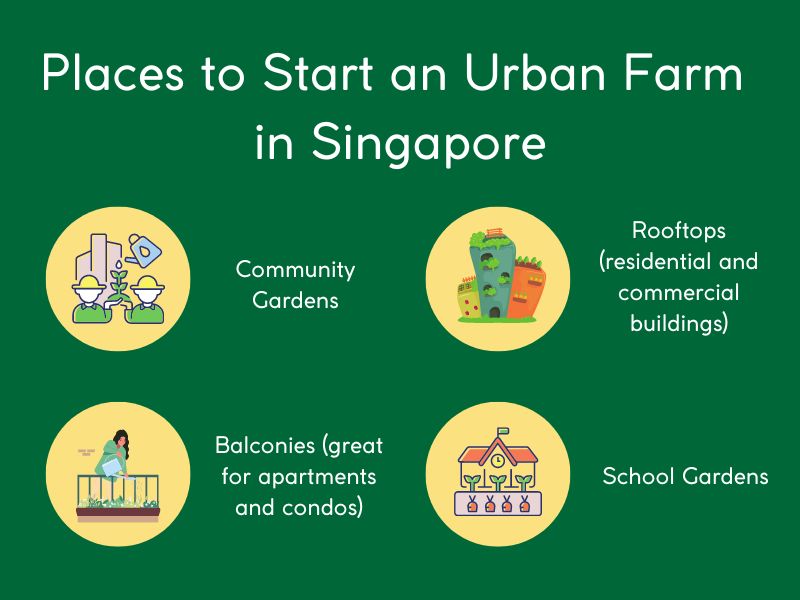
8 Steps to Start Urban Farming
We like taking a practical approach to things. Keeping it simple and structured will help you succeed. These are 8 steps on how to start urban farming:
Step 1: Find a good location
What is the best possible location for you to start? Is it a balcony, garden, rooftop or a local, shared community or school garden?
Step 2: Determine type of urban farm
There are different types of urban farms, including vertical farms, hydroponics, aeroponics and traditional soil-based farming. Each of these largely depend on the location you choose.
Step 3: Self-education
There are plenty of great books and online resources to help you get a good understanding of urban farming. Self-education will help you determine the right approach for the upcoming steps.
Step 4: Gather equipment
Lights, water systems and gardening tools are all going to be needed for your urban farm to be a success.
Want to find out about effective pest management solutions for urban farms in Singapore?
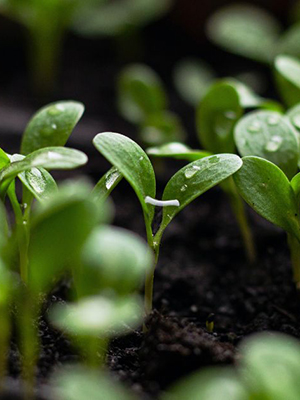
Step 5: Select the right soil
Soil choice is crucial. What are you planning to plant? Composted soil is often preferred, but you may need seed soil as well.
Step 6: Start planting seeds
For the diehards, planting seeds from scratch is a nice way to start your urban farm. Its also possible to buy so-called starters, seeds that have already grown into mini-plants.
Step 7: Patience
An often-overlooked step. Always remain patient with your urban farm. It can take time for it to be success. Some crops may feel, some seeds may never develop. This is all part of the learning curve and the way nature works. Be patient and make sure to follow your plan, and you will succeed.
Step 8: Enjoy your crops
Once your garden starts coming to fruition, it’s time to enjoy the crops with your friends and family.
What Crops Can Your Grow in Urban Farms in Singapore?
Curious to know what plants are suitable for urban farming. Here’s a short list:
- Herbs including mint, cilantro, basil and parsley
- Leafy greens including kale, spinach and lettuce
- Tomatoes
- Microgreens including broccoli and alfalfa
- Strawberries
- Mushrooms
DIY Tips on How to Start Urban Farming
There are some additional success factors that we would like to share with you on your journey of urban farming. Some or all these may be useful for you.
- Community involvement: Join a local community that does urban farming to get inspiration, build a network of contacts and share knowledge.
- Starting small: Many people are too ambitious and go all-in, but sometimes it pays off to start small and take it from there.
- Composting: Set up a composting system to help reduce waste and extract nutrient-rich soil that you can use for your urban farm.
- Experimenting: By experimenting different approaches you will be able to determine what works and what doesn’t.
Pro Tip: By taking the time to plan and prepare, you'll be better equipped to create a successful and sustainable urban farm.
Conclusion
Ready to start an urban farm in Singapore? We hope this article helps inspire you to look into ways to do urban farming yourself. The last tip we would like to share is to have fun, regardless of the outcome. Urban farming, or any type of activity that involves plants or gardening, is a fun thing to do with friends and family. Enjoy the time you spend together!

Pest Problem? Let Us Help.
We offer fast and effective precision treatments to eliminate pests while ensuring a safe environment for your home or business.
Author: Soleha Nisaa
Frequently Asked Questions
Types of urban farms that already function well in Singapore include vertical farms, greenhouses, hydroponic systems, indoor farms and backyard farms.
Vertical farming is a method of growing crops in vertically stacked layers, using artificial lighting and a controlled environment to optimize plant growth. Vertical farming is a popular and useful way to farm in Singapore when space is very limited.
Hydroponic farming is a type of growing system where plants are cultivated without soil but rather in mineral-enriched water. In Singapore, these are often set up on rooftops.
Some challenges of urban farming in Singapore include the high cost of land and the limited space available for farming, as well as the high humidity and temperature that can make it difficult to grow certain crops. Additionally, urban farmers may face competition from imported produce and may need to educate consumers about the benefits of locally grown food.
Yes, urban farming can be profitable in Singapore, although the profitability of a particular farm will depend on a variety of factors, including the size of the farm, the types of crops grown, and the marketing strategy used. You can focus on high-value crops that are in high demand, adopt sustainable and efficient farming practices, or apply for government grants and schemes available to support urban farming in Singapore.
Urban farming can use pesticides, but it is not always necessary or recommended. The use of pesticides in urban farming depends on the type of crop being grown, the location and environment of the farm, and the farmer’s preference and commitment to organic or natural farming methods.
Composting is the process of breaking down organic matter, such as food waste and yard waste, into nutrient-rich soil amendments. Composting is important in urban farming because it helps to reduce waste and provides a sustainable source of nutrients for plants.
The Ultimate Guide to Urban Farming
Urban farming

With the increasing rise in food prices, it is a smart idea to learn about urban farming. Urban farming is a great way to produce your own fresh food and food that can help others in your community. It is also a great way to teach kids responsibility and to teach them more about where their food comes from. It’s also nice to have affordable fresh home-grown vegetables to use in your recipes rather than overpriced store-bought vegetables.
What is urban farming?
Urban farming simply means cultivating and distributing food in a developed area such as in a city or suburban area. Families can potentially have their own vegetable gardens and fruit trees if they are able to set aside space and put in the time and effort that is needed. Urban farming can also include having chickens, pigs, or sheep, for example.
You may also see urban farming referred to as urban agriculture. Urban farmers typically do sell their products to the community such as at local farmers’ markets or to shops that are in their neighbourhoods. Urban farming includes small vegetable gardens or commercial farms in the city where produce is grown for one’s own use and to sell locally.

History of urban farming
Urban farming is not a new concept. In fact, urban agriculture dates as far back as 3,500 B.C. Evidence has also been found of urban farming in Persia and in Peru. Urban farming was common in European cities in the late 1800s. The idea in Europe was to help individuals in impoverished neighbourhoods to grow their own food and to purchase locally grown foods.
This is still a good idea today and everyone can benefit from growing and selling their own food close to where they live. It is predicted that urban gardening will increase in the future. Today, urban farming in Singapore is on the increase as a way to increase food security for the population.
Want to find out about effective pest management solutions for urban farms in Singapore?

How does urban farming help the environment?
Besides making fresh food available directly to people in the neighbourhood, there are other environmental benefits to urban farming. The farms create more green spaces and enhance biodiversity. This has been the case in Singapore.
Urban farming in Singapore can help the climate. A lack of vegetation in cities is associated with the heat island effect. This effect is when cities become extremely hot because the buildings and other man-made structures trap heat.
Food that has to be transported from far away is not as fresh and is more likely to be contaminated with bacteria than homegrown food. Food that doesn’t need to be transported long distances also cuts down on air pollution, which may help with climate issues. Locally produced food may also be cheaper to buy because transport costs are greatly diminished.
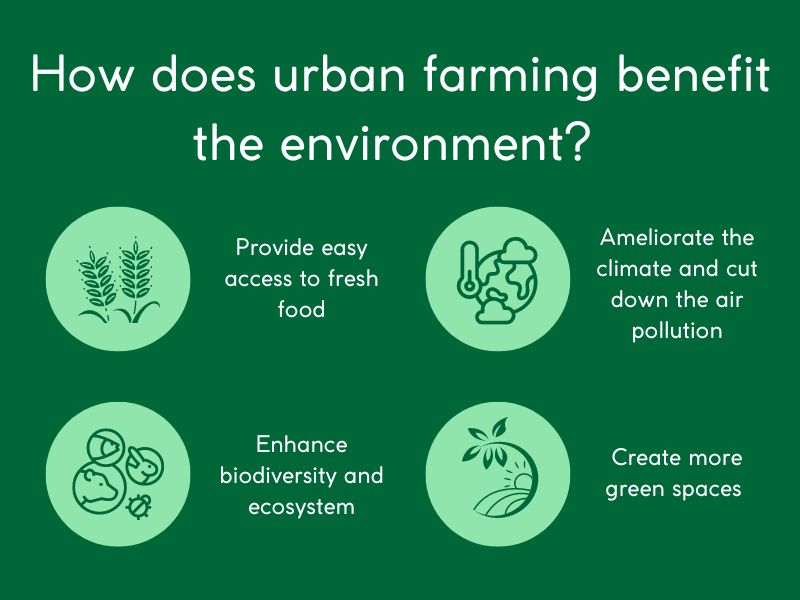
Is urban farming sustainable?
Urban farming is sustainable and eco-friendly compared with traditional methods in the sense that transportation costs and pollution are both reduced. There is a large reduction in the use of fossil fuels involved in transporting produce from far away into cities.
In urban gardens, the food is produced close by and is readily available to neighbours. Proper farming methods that are either hydroponic or focus on maintaining soil fertility make for sustainable farms.
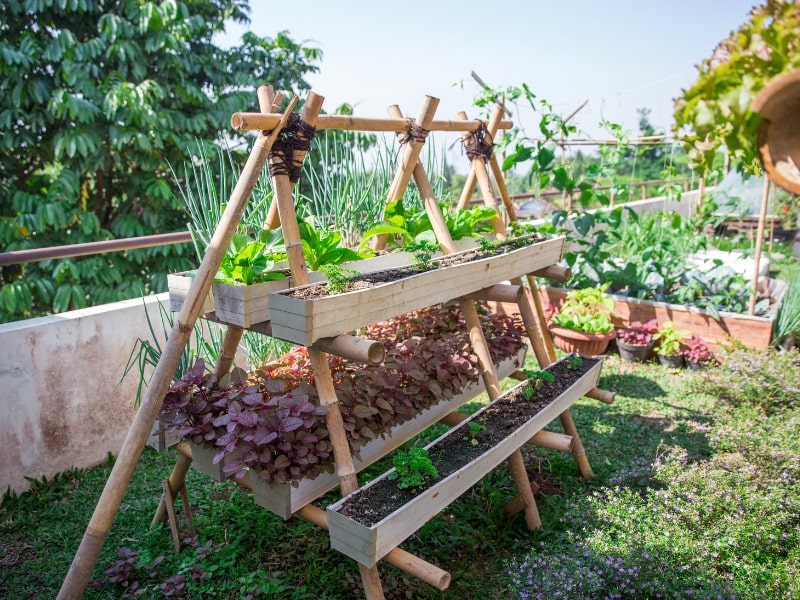
Pest control and urban farming
Urban farming uses fewer pesticides, in general, when compared with large commercial farms. This is a benefit since it cuts down on expenses and doesn’t affect profits as much; pests do plague urban farms but there are some things that can help before you resort to pesticide use.
Having leaf litter and flowers nearby are recommended as a way to attract natural predators like spiders and parasitoid wasps.
Finding ways to control pests is important even for a small farm or vegetable garden but it is safest to contact a reputable company regarding what pesticides to use (if any). A benefit of high-tech indoor farming is that pesticides will not be needed because pests are usually not present.
What is Singapore doing to promote urban farming?
Urban farming in Singapore is on the rise. The Singapore government is promoting urban farming and has an Agriculture Productivity Fund to help support innovative farming. It is important that public and private entities cooperate when it comes to urban agriculture.
The government of Singapore has developed a “30 by 30” initiative. With this initiative, the idea is for the country to produce 30% of the food they need by the year 2030.
The government also plans to use multi-story car park rooftops as food gardens. Besides government initiatives, individuals in Singapore have developed urban farming programs which have helped start farms on rooftops and in other areas in Singapore.
Fun Fact: Singapore urban farming initiative is aiming to produce 30% of the food they need by the year 2030.
Why is urban farming important in Singapore?
Urban farming is important in Singapore because the country depends heavily on imported foods (90% of the foods are imported). Singapore is a highly urbanized region making it tricky to farm using the traditional open fields usually associated with farming.
There are many challenges to urban farming in Singapore because it is a highly-urbanized area and finding space is difficult. Creative methods of land use where rooftops are used are a way this can be overcome, and schools can also be used to set up small vegetable gardens.

Conclusion
Urban farming is a growing trend in countries such as Singapore where space to farm is limited. There are many factors to consider with urban farming in Singapore, such as space available, and the costs involved. The government of Singapore is eager to increase urban farming in the country to reduce dependence on imports. There are many different ways you can have a thriving urban farm — it just takes some creativity.
Bee Relocation
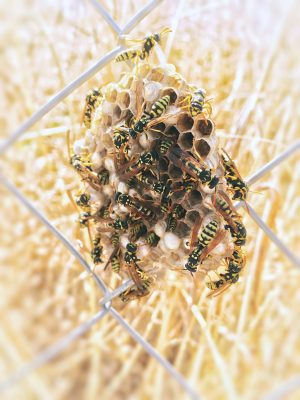
We love urban farming, but it is not the only sustainable initiative Killem Pest focuses on. Bee relocation is another big part of what we do. That’s right, relocate instead of exterminate. Bees play an essential role in the ecosystem of the planet, but sometimes they get too close to populated areas. That is when action needs to be taken.
Frequently Asked Questions
The purpose of urban farming is to promote sustainable local food systems. Urban farming improves food access by providing communities with fresh, affordable, and quality products.
Yes, urban farming improves the local biodiversity and helps to reduce the pollution related to the transportation of produce.
With the reduced amount of transportation and the rise of indoor urban farms that are sealed off from outside pests, there is no need to add preservatives or pesticides.

